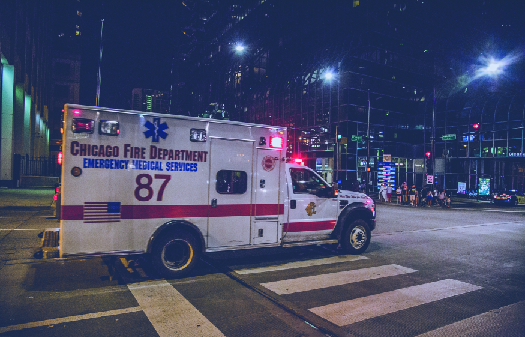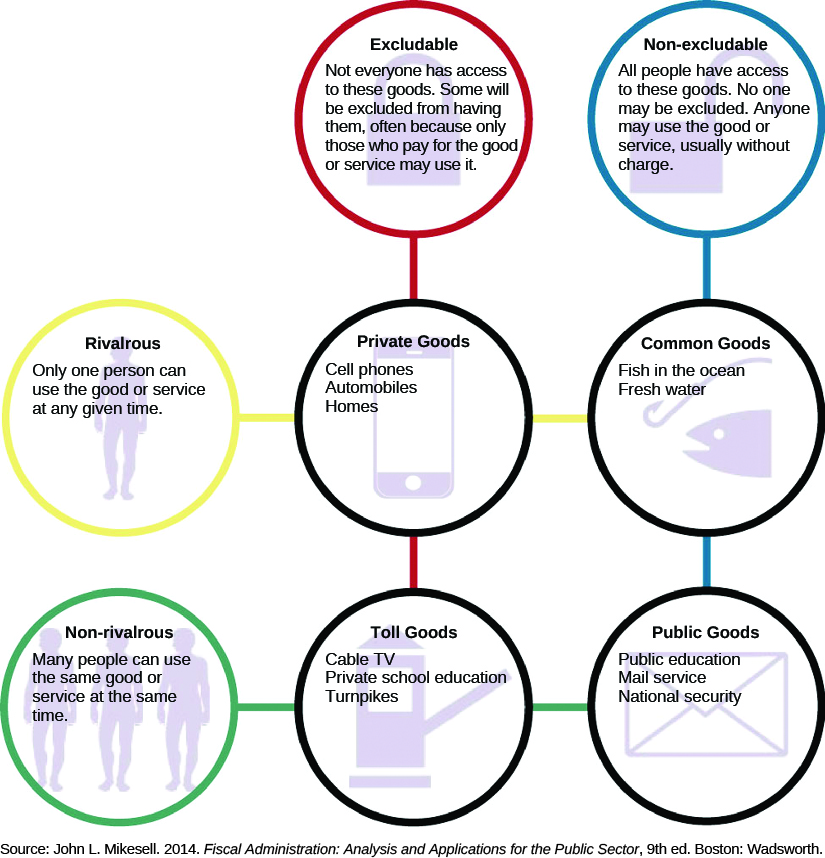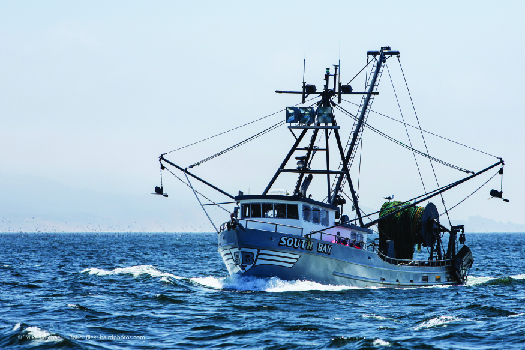| << Chapter < Page | Chapter >> Page > |

Government also performs the important job of protecting common goods : goods that all people may use free of charge but that are of limited supply, such as fish in the sea or clean drinking water. Because everyone can use these goods, they must be protected so a few people do not take everything that is available and leave others with nothing. Some examples of common goods, private goods, public goods, and toll goods are listed below ( [link] ).

This federal website shares information about the many services the government provides.
One of the many important things government does is regulate public access to common goods like natural resources. Unlike public goods, which all people may use without charge, common goods are in limited supply. If more public schools are needed, the government can build more. If more firefighters or mail carriers are needed, the government can hire them. Public lands and wildlife, however, are not goods the government can simply multiply if supply falls due to demand. Indeed, if some people take too freely from the supply of common goods, there will not be enough left for others to use.
Fish are one of the many common goods in which the government currently regulates access. It does so to ensure that certain species are not fished into extinction, thus depriving future generations of an important food source and a means to make a living. This idea is known as sustainability. Environmentalists want to set strict fishing limits on a variety of species. Commercial fishers resist these limits, claiming they are unnecessary and, if enforced, would drive them out of business (
[link] ). Currently, fishing limits are set by a combination of scientists, politicians, local resource managers, and groups representing the interests of fishers.

Should the government regulate fishing? Is it right to interfere with people’s ability to earn money today in order to protect the access of future generations to the nation’s common goods?

Notification Switch
Would you like to follow the 'American government' conversation and receive update notifications?